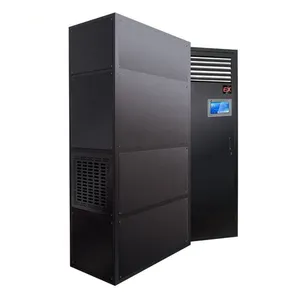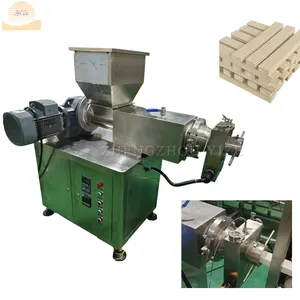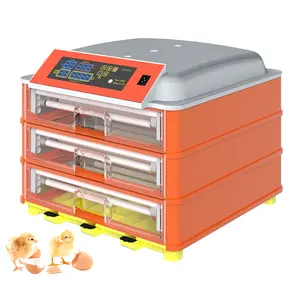Popular in your industry






























































































































































Top categories
About zone control air
Zone control air refers to a system that divides a building into separate zones for heating or cooling. Each area, or zone, has its own thermostat to regulate the temperature independently from the rest of the building. This system allows for customized climate control in different areas of a structure. The primary function of zoned air conditioning is to provide individualized comfort and energy efficiency by enabling selective temperature adjustments in distinct zones, addressing the unique cooling or heating requirements of each space. The system is designed to enhance user comfort and operational efficiency, making it an ideal choice for various applications, including residential homes and commercial buildings. Zone control air conditioning is a key component of HVAC zoning, a technology that enables the division of a space into separate and controllable zones for more precise temperature management.
Benefits of Zone Control Air
Zone control air offers several advantages, making it a popular choice for many users. One of the key benefits is the ability to customize the temperature in different areas of a building. By having separate zones and air conditioning zone controllers for each, individuals can set specific temperatures based on their preferences. This feature is particularly useful in larger spaces or buildings with varying thermal needs. Additionally, zoned air conditioning contributes to energy efficiency by allowing users to avoid cooling or heating unoccupied areas. The ability to independently control temperatures in different zones reduces energy consumption, leading to cost savings and a more environmentally friendly operation. Furthermore, zoned air conditioning systems can enhance overall comfort by addressing temperature imbalances within a building. By adjusting the settings in individual zones, users can create a more consistent and pleasant indoor environment. The flexibility offered by zone control air makes it a versatile solution for spaces with diverse usage requirements, catering to the specific needs of different areas within a building.
Components of a Zoned Air Conditioning System
A zoned air conditioning system consists of several key components that work together to provide efficient and customizable climate control. The primary elements include zone control HVAC, dampers, thermostats, and a control panel. The zoned air conditioning system's central component is the zone control HVAC, which facilitates the distribution of conditioned air to different zones. This device regulates the air flow, allowing users to adjust the temperature in each zone. Dampers are mechanisms installed within the ductwork to control and direct air flow. These components open or close to adjust the amount of conditioned air entering a specific zone, enabling precise temperature control. Each zone is equipped with a thermostat that monitors and regulates the temperature within that area. The thermostats communicate with the control panel, which serves as the system's command center. Users can program the control panel to set temperature preferences for each zone, and it coordinates the operation of the entire zoned air conditioning system.
Installation of Zoned Air Conditioning System
The installation of a zoned air conditioning system involves several steps to ensure the proper configuration and functionality of the system. It is typically recommended to engage HVAC professionals with expertise in HVAC zoning to carry out the installation process. The initial step is to assess the building's layout and determine the optimal number of zones based on factors such as room size, occupancy patterns, and architectural features. Following this, the installation team designs the zoning plan, which includes the location of dampers, thermostats, and the control panel. The next step involves installing the necessary components, such as the zone control HVAC, ductwork dampers, thermostats, and the control panel. Dampers are placed in the ductwork to regulate air flow, and thermostats are strategically positioned in each zone. Once all components are in place, the system is wired and connected to the control panel. After the physical installation, the system undergoes testing and calibration to ensure that each zone's temperature can be accurately controlled. Users are typically provided with training on how to operate the AC zone control system and make adjustments using the control panel or thermostats. Regular maintenance, including damper and thermostat checks, is essential to ensure the long-term performance of the zoned air conditioning system.





























































































